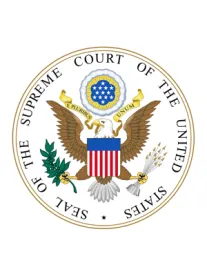In my first post on American Axle’s Petition for cert., I focused on the substantive arguments of the parties. Almost as interesting is Part 5 of the Petition, in which AA argues that this is a good case for the S. Ct. to grant the Petition. I will try to summarize the arguments. But the Section starts off by arguing that the invention in question is “not a run-of-the-mill Section 101 case” like attempts to patent business methods or diagnostic tests: “This case is different—[AA’s] claims ‘are directed to a process for manufacturing car parts—the type of process which has been eligible since the invention of the car itself.”
-
The Court can clarify, “How does one determine if a patent claim is ‘directed to’ a patent-ineligible natural law, natural phenomenon, or abstract idea”. (Go to the Petition’s footnote 3 to see the difficulty the lower courts and the parties encountered when trying to define what type of judicial exception was involved.)
-
The Court can evaluate the Federal Circuit’s improper expansion of the judicial exceptions, “to subsume the enabling disclosure requirement of Section 112.”
-
The Court can clarify the procedural questions that “surround Section 101: are steps 1 and 2 questions of law for the court to decide on summary judgment, or questions of fact for a jury to decide”, for example by using expert testimony. What exactly is the “Nothing More” test. AA argues, “It is now ‘a clear rule of law—judges, not experts, will determine as a matter of law, when claims are directed to a natural law and nothing more….As to step 2,whether the claims contain an ‘inventive concept”’. AA argues that it should matter that the claims represent an improvement over the art—a question of fact.
This may well be a Petition that deserves to be granted, but may not disturb the house of cards that has been constructed by case law involving diagnostic tests and internet and computer-based inventions. AA is ready to go it alone.


 />i
/>i
